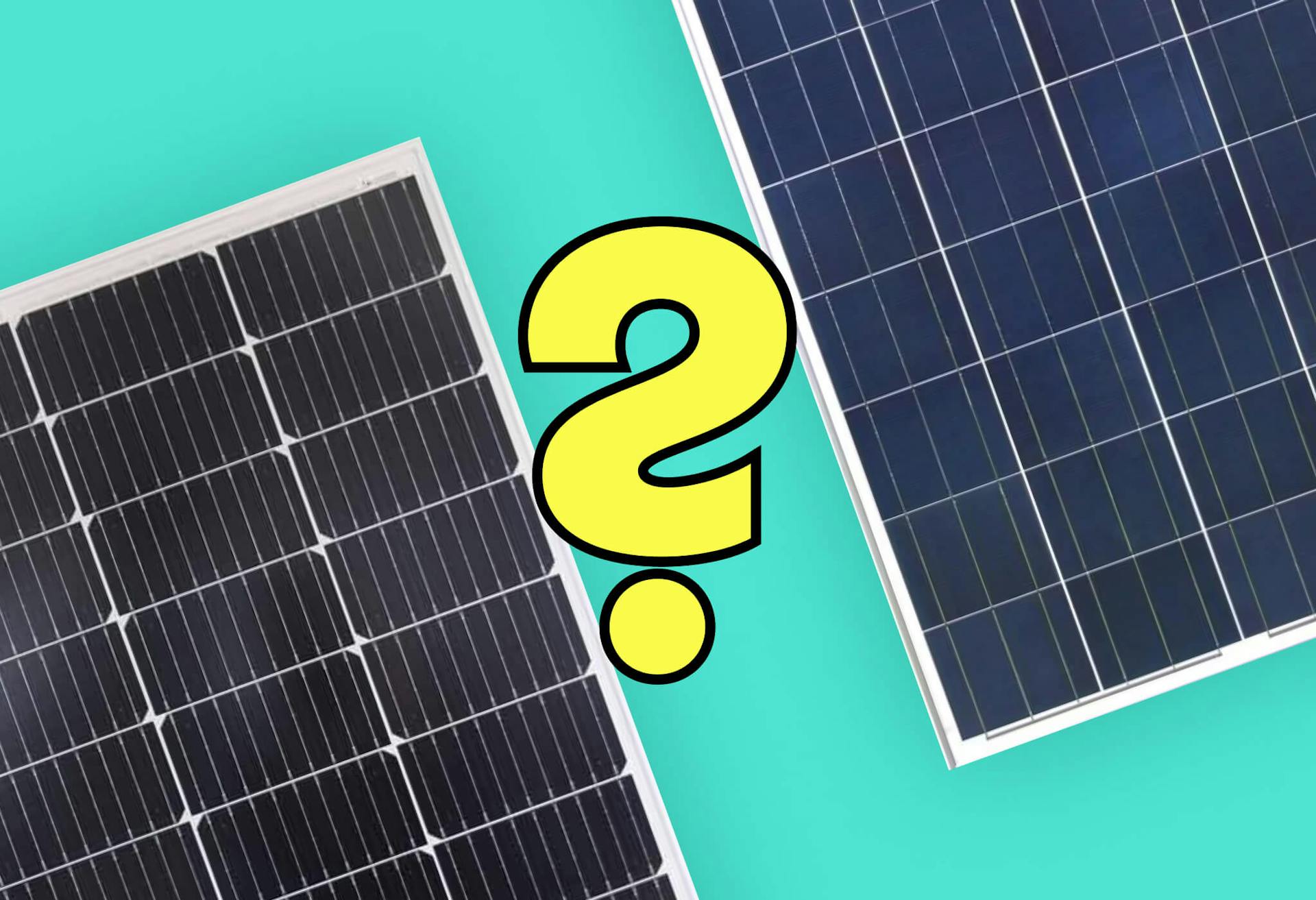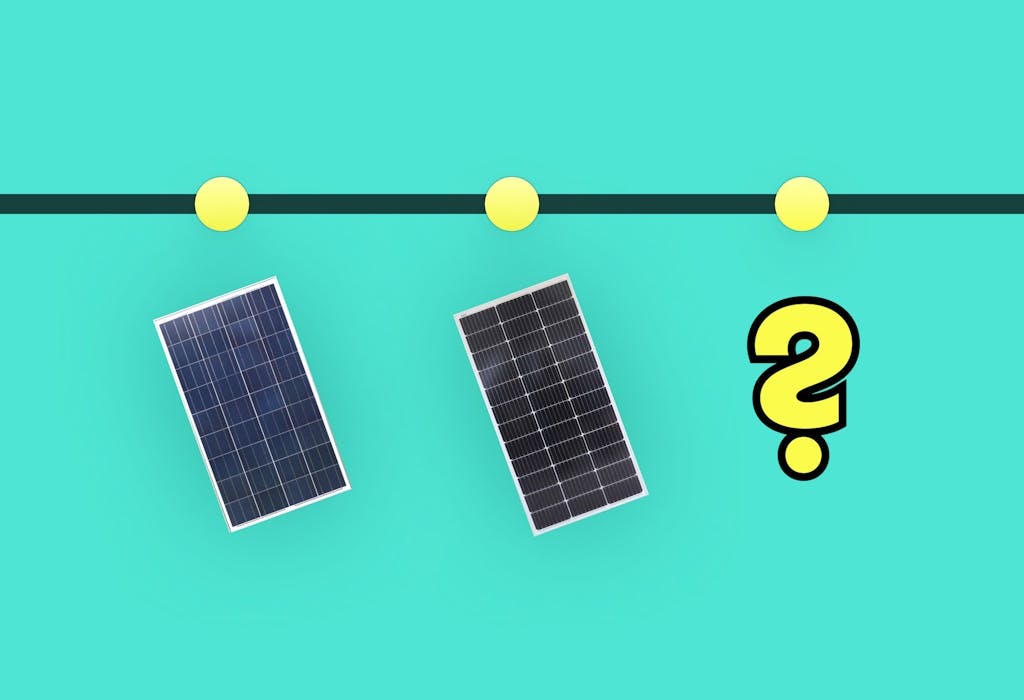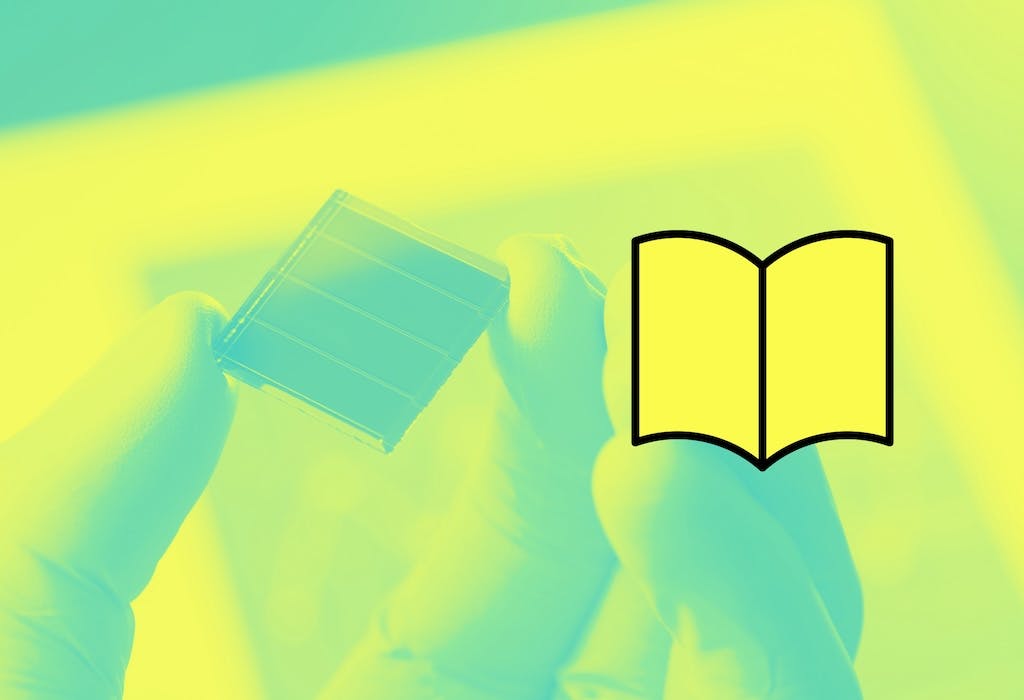- Solar advice hub
- Solar-technology
- Thin-film solar panels: explained
Thin-film solar panels: explained
Thin-film solar panels are lightweight and flexible, but are they a sensible choice? We explore the pros and cons.


Why you can trust our content
We know that the solar industry is full of misinformation, but we only use reliable sources, including:
- Our experienced solar experts, installers and system designers
- Our own database of solar & battery system designs
- Authoritative bodies like MCS and the UK government




At a glance
Thin-film solar panels are an innovative alternative to conventional panels, offering a lightweight, bendy solution for people who want to generate clean energy whilst they’re on the go.
They’re also much cheaper than traditional solar panels, and are much quicker to install.
However, thin-film solar panels also come with a host of drawbacks, and certainly aren’t suitable for people looking to cut down their household energy bills.
To find out how much a traditional solar & battery system could save you on your energy bills, enter a few quick details below and we’ll provide an estimate.
What are thin-film solar panels?
Thin-film solar panels, also known as flexible solar panels or stick-on solar panels, are a type of photovoltaic (PV) panel used to generate electricity from sunlight. As their name suggests, they are extremely thin and lightweight, offering an alternative to heavier, rigid solar panels.
Although not as efficient as traditional crystalline panels (more on that later), they're cheaper canal boats.
How are they made?
The manufacturing process for thin-film solar panels is faster and wastes fewer raw materials than the production of crystalline silicon solar panels, which involves the energy-intensive preparation and slicing of silicon ingots.
In contrast, the manufacture of thin-film solar panels involves coating a base material (known as a substrate) with a thin layer of photovoltaic material, such as amorphous silicon (a-Si), cadmium telluride (CdTe), or copper indium gallium selenide (CIGS). The substrate is usually made from glass, metal or plastic.
Using laser scribing or etching, the manufacturer then cuts up the photovoltaic material into pieces to form individual solar cells and electrical pathways. Finally, a protective layer is added on top to protect the solar cells, ensuring they last longer and are shielded from environmental damage.
How do they work?
Thin-film solar panels work by capturing sunlight and converting it into electricity, just like any other PV panel.
The key difference lies in their thickness - thin-film solar panels are typically around 2-3 millimetres thick, whereas a traditional crystalline silicon solar panel is about 30-50 millimetres thick.
In fact, the latest thin-film solar panels made from kesterite can bend an astonishing 70 degrees, which sounds almost unnecessary.
How efficient are they?
A solar panel’s ‘efficiency’ refers to the percentage of sunlight hitting the panel that is being converted into electricity - so the higher the percentage, the better.
Compared to the typical 18-24% efficiency of monocrystalline solar panels, thin-film solar panels are around 7-13% efficient, which is significantly lower.
This means that you shouldn’t be getting thin-film solar panels to make a difference to your energy bills, as their output will never match up to what a traditional crystalline silicon solar panel system can produce. Instead, thin-film solar panels are only really suitable for people on the move.
The pros and cons of thin-film solar panels
If you’re considering thin-film solar panels as a way of switching to solar, it really depends on where you intend to use them.
The benefits of thin-film solar panels
- Flexible and lightweight
- Relatively easy installation
Thin-film solar panels are very flexible and lightweight, making them suitable for a variety of applications, including curved surfaces and portable devices.
Likewise, because they’re not very cumbersome, they can be pretty easy to install.
The downsides of thin-film solar panels
- Lower efficiency
- Shorter lifespan
- Higher degradation rate
Despite their advantages, thin-film solar panels are much less efficient compared to traditional crystalline silicon solar panels, so you'll need more of them to produce the same amount of electricity.
Flexible solar panels also have a much shorter lifespan and higher degradation rate over time, tending to last around 10-20 years before they need replacing. In contrast, monocrystalline silicon solar panels usually come with a 25-year or 30-year warranty, and can last upwards of 40 years.
How are thin-film solar panels installed?
Installing thin-film solar panels is usually a breeze - for most types, you can just peel off the protective backing and stick them wherever you please. But depending on the specific type of thin-film solar panel and its location, it may need drilling into place.
Regardless of the method, you'll need to connect the panels to an inverter to be able to actually use the electricity, so it's best to hire a professional installer to make sure it's a safe and efficient setup.
How much do thin-film solar panels cost?
A 3.5 kilowatt peak (kWp) thin-film solar panel system costs about £3,500, which is around a third of the cost of a traditional solar panel system of the same size.
However, this lower cost comes with trade-offs: thin-film panels offer much lower efficiency and a shorter lifespan.
To learn more, check out our guide to solar panel costs.
Are thin-film solar panels worth it?
Thin-film solar panels are worth considering for specific uses, like if you regularly use a mobile home or canal boat and need some extra power. However, they're less appropriate for residential rooftop installations because of their lower efficiency and poorer lifespan, meaning they won’t save you much on your energy bills.
If you’re looking to cut your energy bills and earn export income, it’s far better to choose traditional crystalline silicon solar panels, rather than thin-film.
To find out how much a solar & battery system could save you, pop your details in the form below and we’ll get back to you with an estimate.
Thin-film solar panels: FAQs
Related articles

The 6 different types of solar panels
Read full story
The best new solar panel technology in 2025
Read full story
How quickly are solar panels improving?
Read full story
Perovskite solar panels: an expert guide
Read full story
Written byMelody Abeni
Based in London, Melody is a specialist green technology writer who has been covering sustainability, climate action and ESG for the past five years, after gathering operational experience in green investing and financial services. She has written for various industry publications, including renewable technology advisor The Eco Experts, and she holds a Master’s degree in law from Birkbeck University.